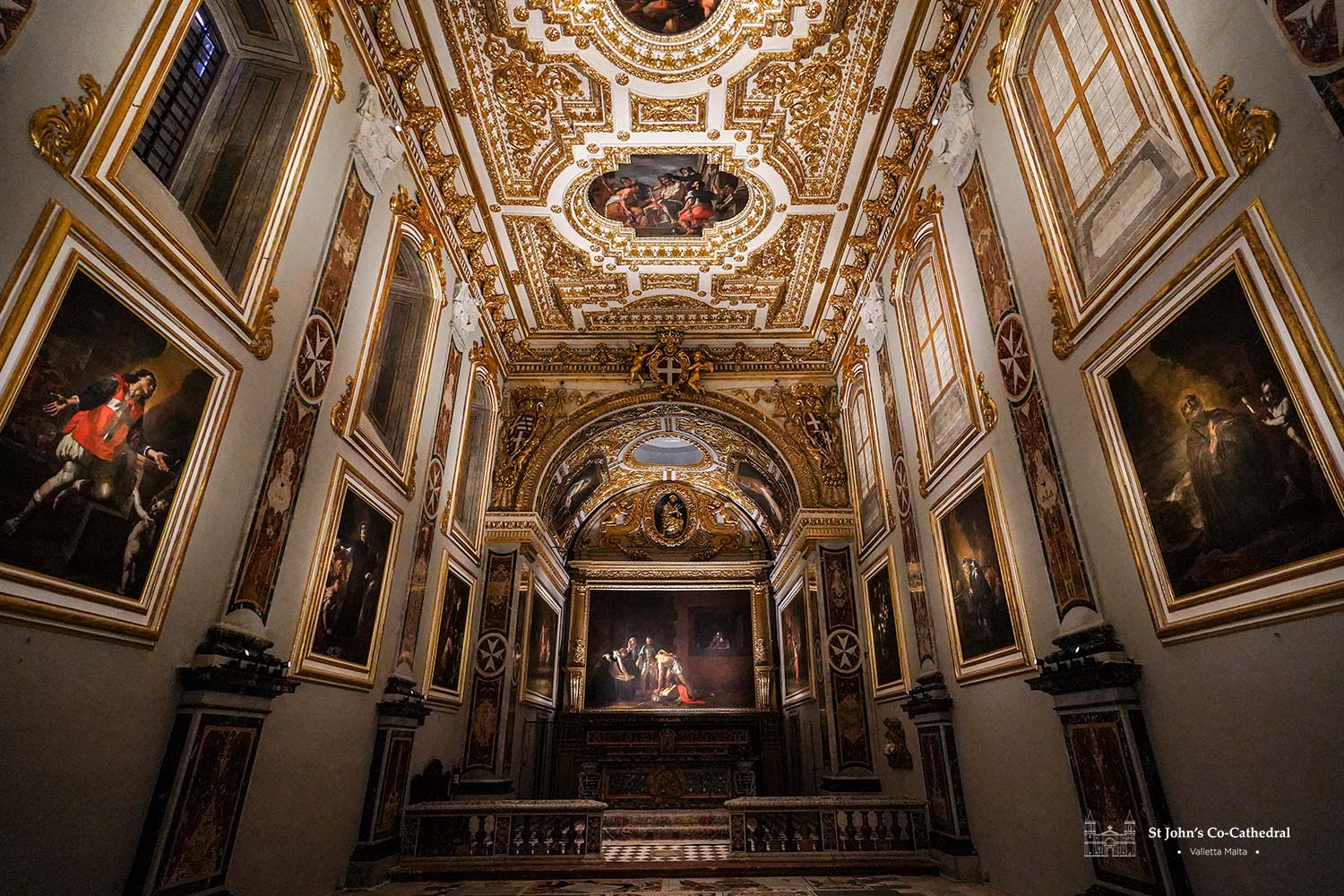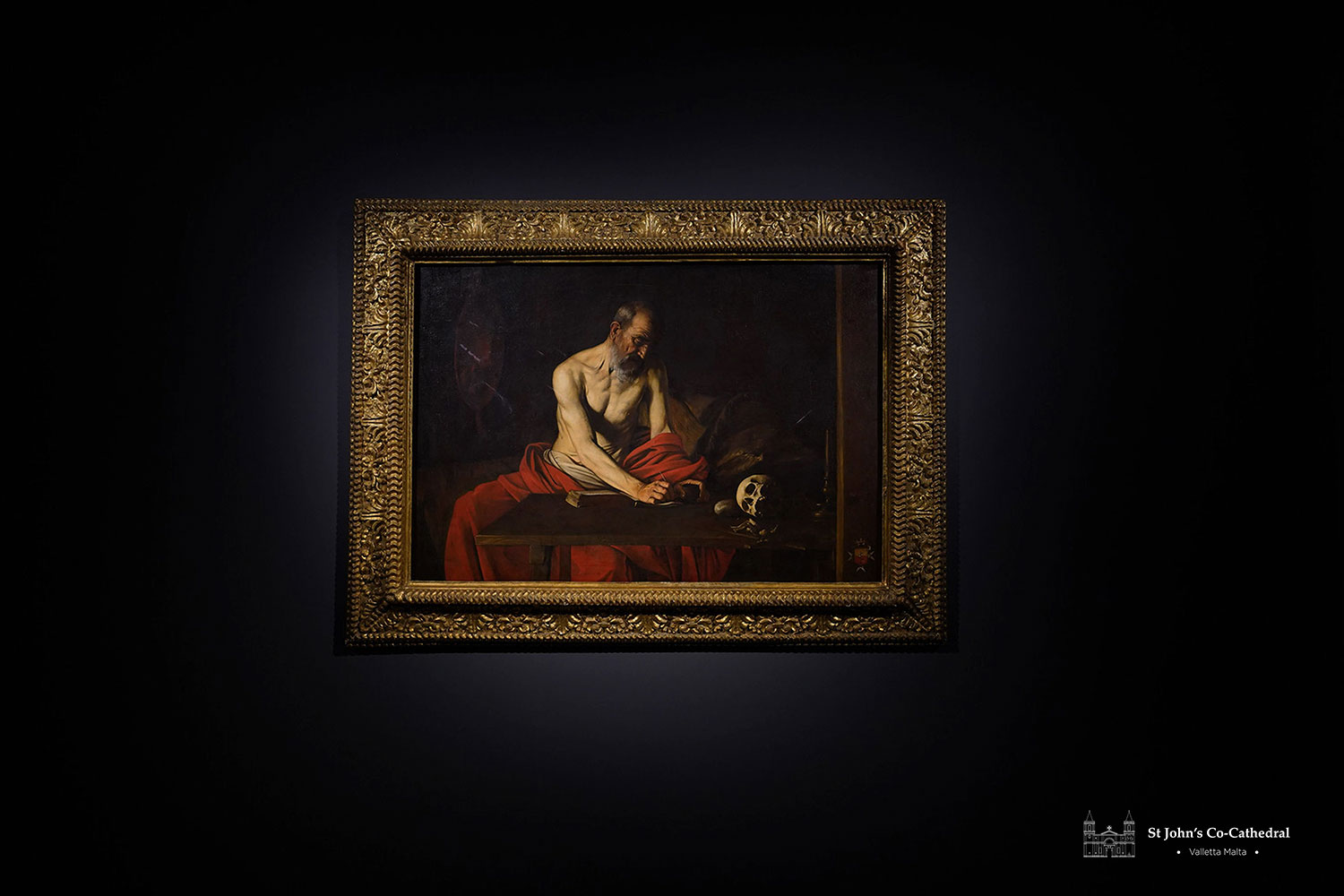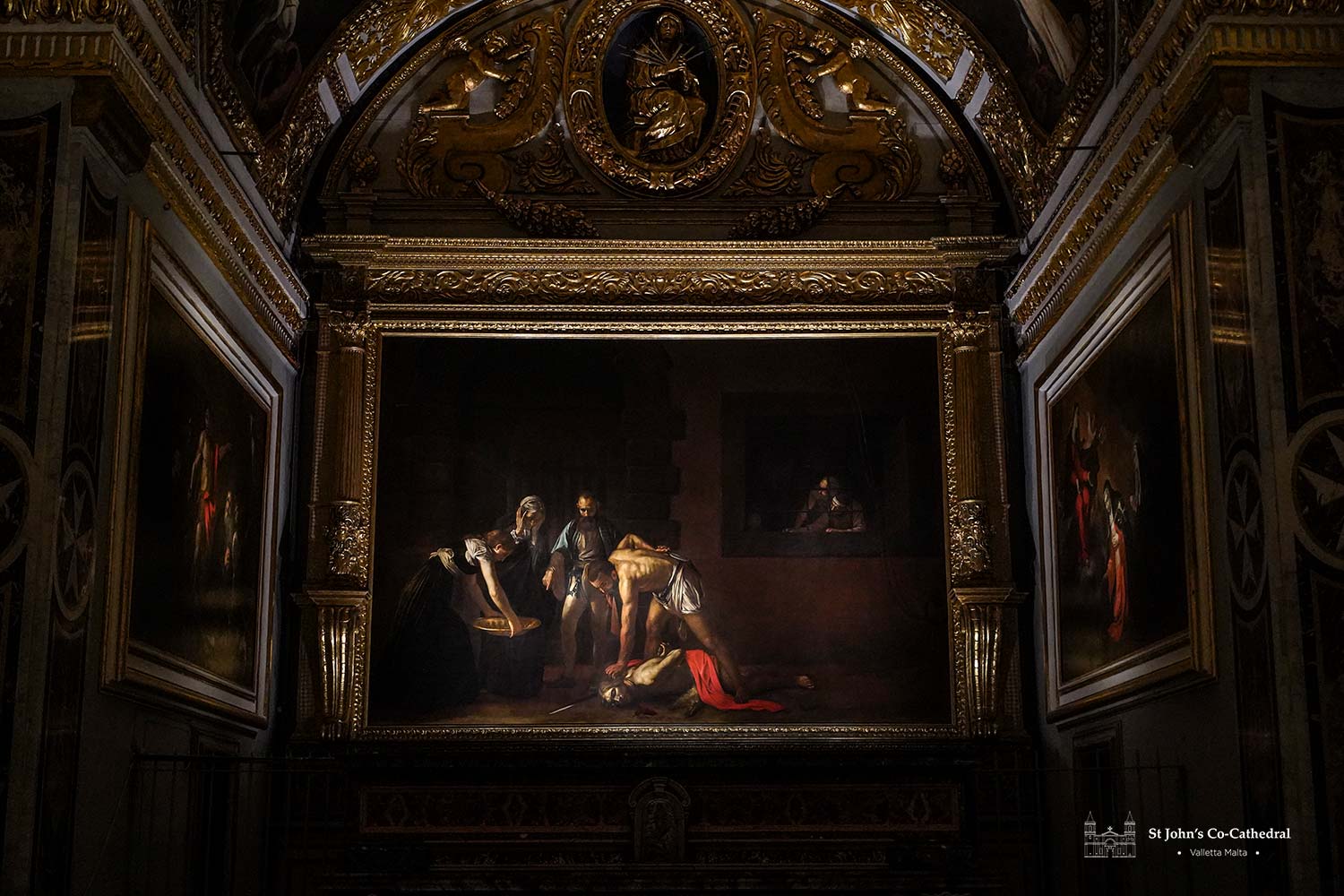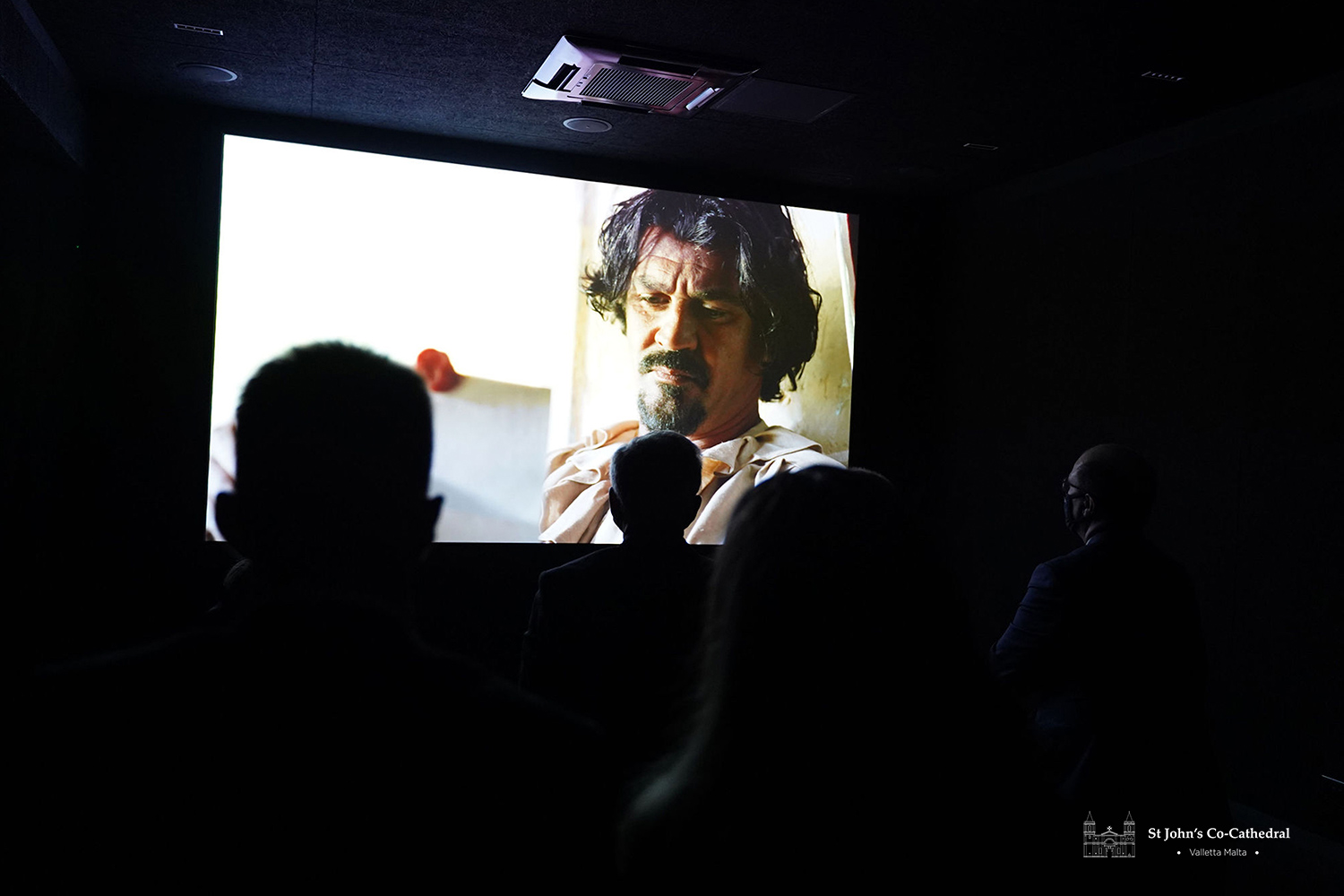St John’s Co-Cathedral in Valletta is WAY more than just a church. Here’s why
From prehistoric temples to imposing bastions, Malta offers visitors countless historical sites to look at in awe, but ultimately, no trip to the Maltese islands would be complete without a visit to the iconic St John’s Co-Cathedral in Valletta.
Not only is this religious building a key piece of Maltese architectural heritage in itself, but it’s also home to one of the country’s biggest art collections, hosting masterpieces diligently painted by some of the best artists to have ever set foot on the islands.
We covered St John’s Co-Cathedral’s interesting history and over-the-top interior throughout our last article about the site, and yet, there’s so much more that still needs to be said about this historic haven.
For this reason, today we’ll be shifting our focus to a single area within this massive church – the Oratory.

The oratory at St John's Co-Cathedral
Constructed in 1603 under the reign of Grand Master Alof de Wignacourt with some help from the Confraternità della Misericordia, the oratory has since become home to one of the most prestigious art collections in Malta.
Having said that, the oratory’s initial purpose was drastically different…
The Confraternità had begun using the oratory right after its construction as a venue for their functions and for the investiture of the knights and other ceremonies. These culminated with the Feast of the Beheading of St John, celebrated on 29th August.
It wasn’t until the latter part of the 17th century that the oratory started to look more like the over-the-top site we know and love today.
Between 1679 and 1690, ten paintings by Mattia Preti depicting Saints of the Order and a gilt wooden soffit were added to the oratory as part of a major decorative intervention. Around half a century later, in 1740, the site was adorned with marble cladding interior.
It is thanks to these efforts that the oratory is now decorated with gorgeous sculptures, magnificent paintings, and some of the best works in marble you’re bound to see around the world.
Housing stunning artworks painted by Mattia Preti and of course, Caravaggio, many even consider the oratory to be a museum in its own right.

Caravaggio's 'St Jerome Writing'
Caravaggio’s life and works have become synonymous with this church, so much so that just last year, the St John’s Co-Cathedral Foundation inaugurated the opening of the Caravaggio Wing within the Co-Cathedral; here’s a bit about that…
A door from the oratory leads visitors into the St Jerome Room within the Caravaggio Wing, a spot housing ‘St Jerome Writing’. This work-of-art once graced the walls of Fra Ippolito Malaspina’s palazzo before he left it to the chapel of Italy following his death in 1624.
Besides this room, visitors can watch ‘Meet Caravaggio’ – a short docu-drama about the artist’s life in Malta between July 1607 and October 1608. The documentary details Caravaggio’s experiences as a novice, as a Knight of Obedience, and finally, as an escaped convict.
The Caravaggio Wing was part-financed by the European Regional Development Fund. Eighty per cent of the project was funded by the European Union, whilst the remaining twenty per cent was funded by the St John’s Co-Cathedral Foundation.

Caravaggio's 'The Beheading of St John the Baptist'
Intrigued by Caravaggio’s tumultuous life?
Well, you’ve got every reason to be! Despite the fact that Caravaggio’s time on the Maltese islands was relatively short, his impact on local heritage was immense.
During his Maltese sojourn, the controversial artist painted ‘The Beheading of St John the Baptist’ and ‘St Jerome Writing’ (both of which are preserved at the St John’s Co-Cathedral), ‘Sleeping Cupid’ and ‘Portrait of a Knight of Malta’ (exhibited in Palazzo Pitti, Florence), and ‘Portrait of Grand Master Alof de Wignacourt with a Page’ (displayed in the Louvre, Paris).
Caravaggio had travelled to Malta in July 1607, aboard a vessel of the Order. Despite his rowdy past, he was accepted into the folds of the Order and, on 14th July 1608, appointed a Knight of Obedience by Grand Master Alof de Wignacourt after receiving papal permission.
Just a month later, however, Caravaggio was in trouble once again.

'Meet Caravaggio' at St John's Co-Cathedral's Caravaggio Wing
This time, the Sicilian artist was involved in a brawl where a number of knights were wounded. Caravaggio was thus imprisoned in Fort St Angelo, only for him to escape and flee from Malta soon after.
On 1st December 1608, during a meeting of the Public Assembly held in the oratory of St John’s Church, Caravaggio was ‘expelled and thrust forth like a rotten and fetid limb’ from the Order.
Learn more about this interesting period of Maltese history by paying a visit to St John’s Co-Cathedral.
You can learn more about what to expect at this immaculate site by visiting stjohnscocathedral.com and downloading the St John’s Co-Cathedral app from the App Store and Play Store.